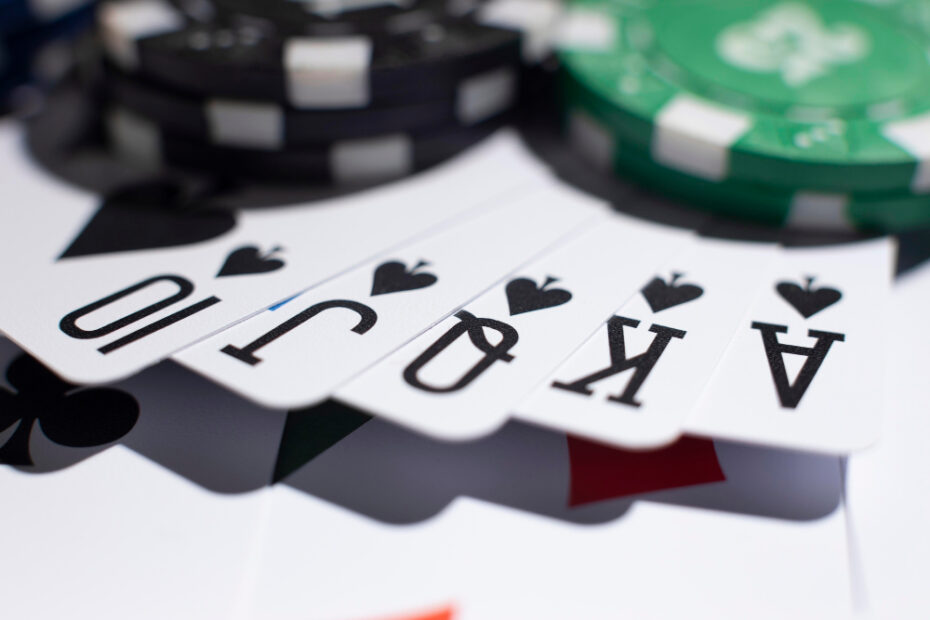Everything you need to know about Blackjack rules
If you’re interested in card games and want to immerse yourself in one of the most popular casino games in the world, it’s essential to start by understanding basic blackjack rules. In this article, we will explore all aspects of blackjack rules, safe strategies, and how to increase your chances of success at the blackjack table.
Basic rules in Blackjack
At first glance, blackjack may seem simple, but there are nuances and important rules that can make the difference between winning and losing. Blackjack is played against the dealer and the goal is to have a hand with a total value closer to 21 than the dealer’s hand, without exceeding 21.
- Value of cards: The number cards count for their printed value, face cards (king, queen, jack) count as 10, and an ace can be either 1 or 11.
- Blackjack: A hand consisting of an ace and a card with a value of 10 is called ‘blackjack’, which is the best hand and beats all other hands, including those with a value of 21.
The course of the game
A typical round of blackjack takes place in several stages:
- Players place their bets.
- The dealer deals two cards to each player and to himself, one card up and one card down.
- Players then choose whether to ‘hit’ (take an extra card), ‘stand’ (keep the hand as it is), ‘double’ (double the bet for an extra card) or ‘split’ (split pairs and play as separate hands).
- After the players have made their selections, the dealer shows their hidden card. If the total value is 16 or less, the dealer must take more cards. At 17 or more, the dealer must stand.
Payments and additional rules
In addition to the basic rules, blackjack contains several specific scenarios that affect payouts and game play:
- If the player gets blackjack, the payout is usually 3:2 or 6:5 depending on the casino’s rules.
- If both the player and the dealer have blackjack, this often results in a ‘push’ where the player’s bet is returned.
- If the dealer exceeds 21 (‘bust’), all remaining players win.
Strategy and tips
While luck plays a big role in blackjack, it’s also important to have a clear strategy. Here are some useful tips:
- Understand when it’s best to ‘hit’, ‘stand’, ‘double’, or ‘split’ based on your cards and the dealer’s visible cards.
- Learn the basic blackjack strategies that reduce the house edge.
- Avoid insurance bets – these bets attract beginners, but they can actually increase the house edge.
Now that you are aware of the basic rules of blackjack, you are one step closer to mastering the game. By immersing themselves in strategies and playing smarter, any player can increase their chances of winning and their gaming experience.
Advanced Blackjack rules
Once you’ve become comfortable with the basic rules of blackjack, it’s time to explore some of the more advanced elements of the game. These include options such as ‘Insurance’, ‘Surrender’, and how dealer restrictions can affect your betting decisions. Mastering these aspects of the game can mean the difference between a good and an excellent blackjack player.
Insurance (Insurance)
‘Insurance’ is offered when the dealer’s open card is an ace. This is a side bet that the player can make to ‘insure’ against the possibility of the dealer having a blackjack. The insurance usually costs half of the original bet and pays 2:1 if the dealer really has a blackjack. Experts generally recommend that players avoid insurance, as it will be unfavorable in the long term.
Surrender (Surrender)
Some blackjack variants offer the ‘Surrender’ option, where players have the option to give up their hand and lose half their bet after the first two cards have been dealt, but before any further action is taken. There are two types of surrender: ‘Early Surrender’ is allowed before the dealer checks for blackjack, while ‘Late Surrender’ is after. This choice can be strategically advantageous in certain situations.
Dealer Restrictions
The dealer’s actions in blackjack are governed by fixed rules. As mentioned, the dealer must draw more cards (‘hit’) when the total value of the cards is 16 or less and must stand on 17 or more. Some casinos require the dealer to also draw cards on a ‘soft 17’ (a hand that includes an ace and has a total value of seven or 17). It is important to know which rule applies, as this can affect the player’s odds.
Blackjack tables and strategy cards
To optimize your play, you can use strategy tables or cards that illustrate the best action for all possible hand combinations based on the dealer’s visible cards. Developed through extensive simulations and calculations, these tables give you a framework for decision-making in every round.
| Player’s Hand | Dealer’s Visible Cards | Recommended Action |
|---|---|---|
| 12-16 | 2-6 | Stand |
| 12-16 | 7-A | Hit |
| Soft 17 | 2-6 | Doubles |
| A & A or 8 & 8 | Any value | Split |
Summary
To maximize your chances in blackjack, it’s crucial that you understand not only the basic rules, but also the strategies and advanced rules such as insurance and surrender. By applying a solid strategy and keeping your eyes open to the dealer’s restrictions, you can reduce the house edge and increase your own win probability. Remember to practice free online blackjack games to improve your skills before you try your hand in the casino. Good luck at the blackjack table!
